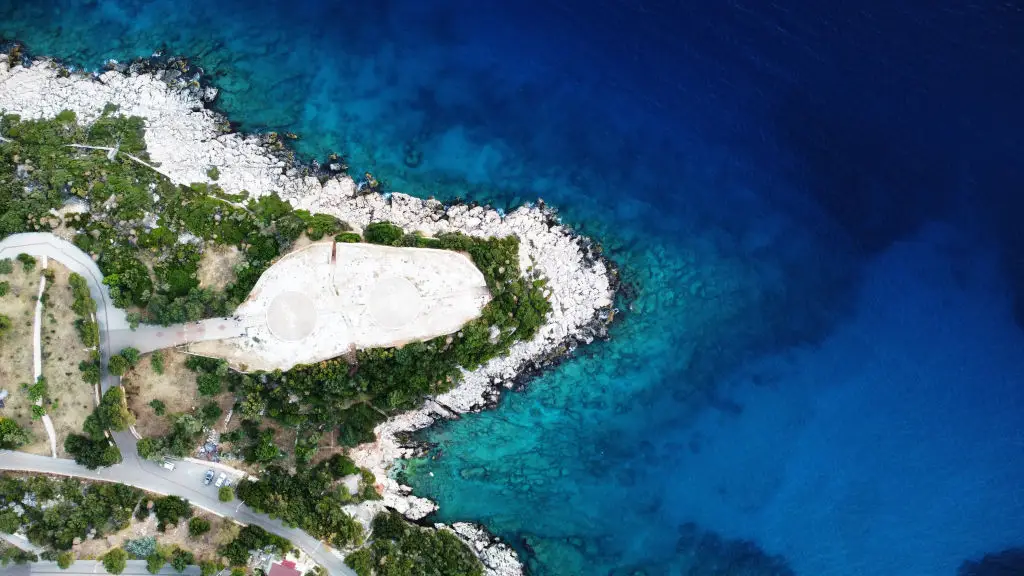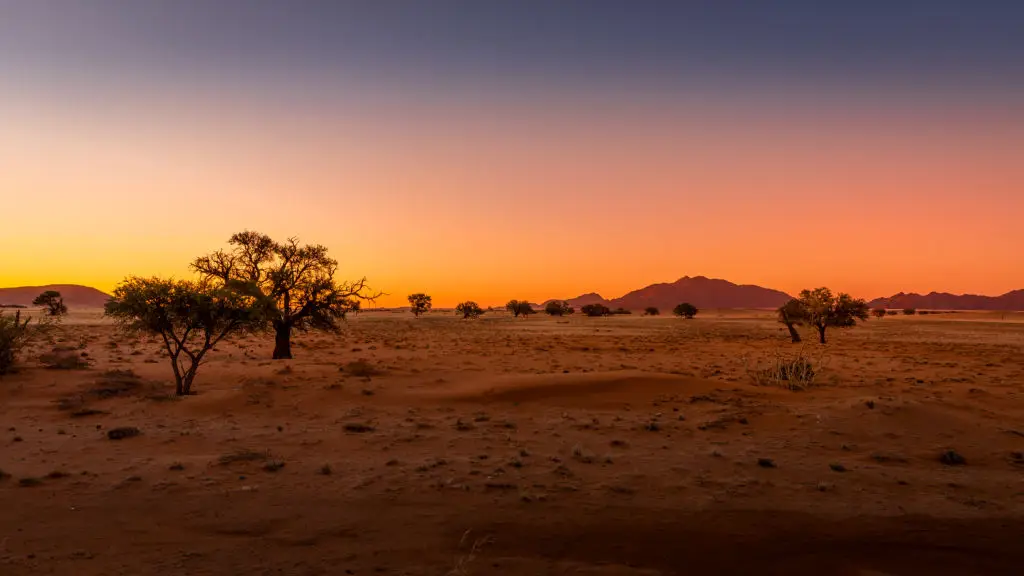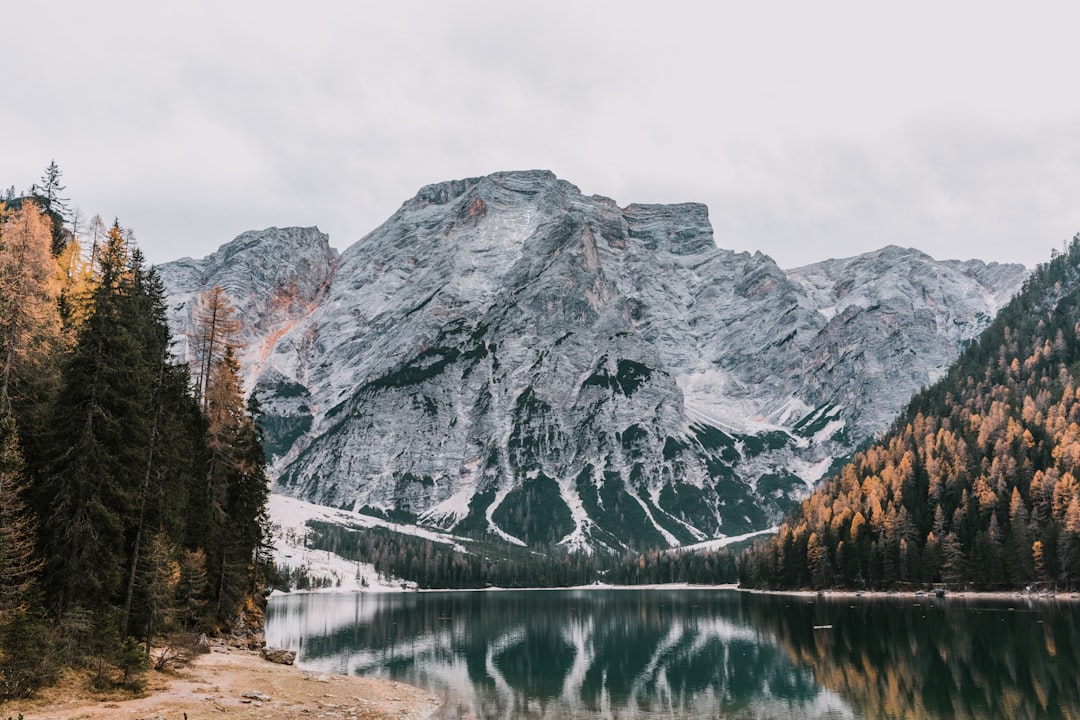10 Ancient Middle Eastern Wonders Beyond Petra
The Middle East is a treasure trove of antiquity, famous for awe-inspiring ruins and cityscapes carved by ancient hands. While Petra in Jordan often steals the spotlight, the region's remarkable diversity of ancient wonders stretches far beyond its famed rose-red city. From grand temple complexes nestled in the Lebanese mountains to desert towers that defy time in Yemen, Middle Eastern history comes alive in places most travelers barely know. Each site tells its own story—sometimes written in stone, other times in the silent grandeur that has endured for millennia.
1. Baalbek, Lebanon
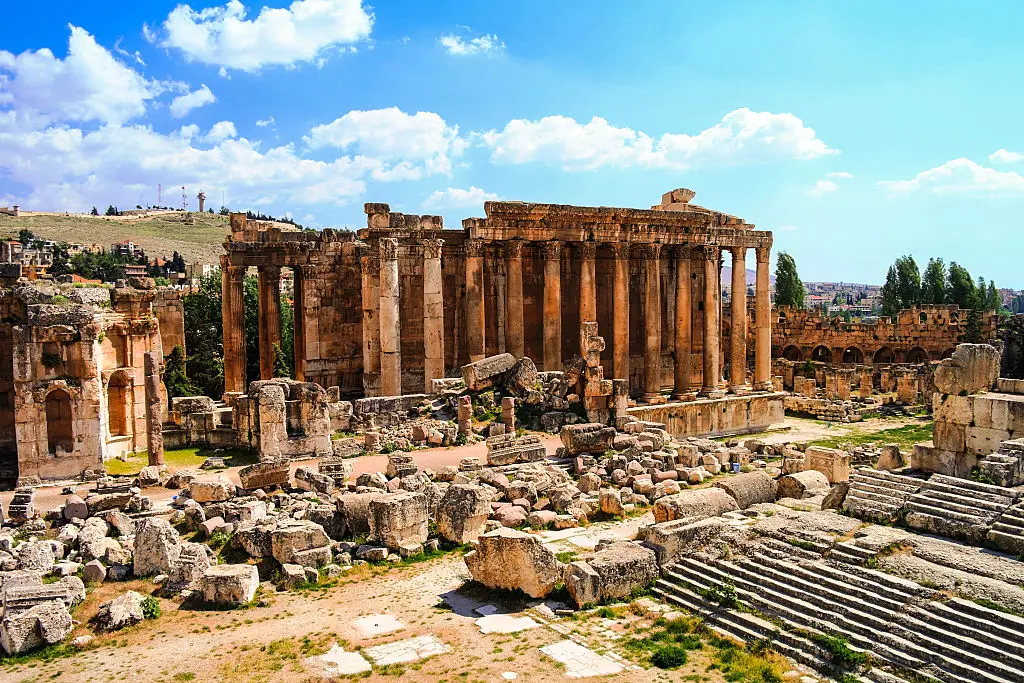
Once called Heliopolis, or the “City of the Sun,” Baalbek stands as Lebanon’s most impressive archaeological site. This sprawling Roman temple complex contains the mighty Temple of Jupiter, among the largest in the ancient world. Baalbek’s massive stone blocks—some weighing over 800 tons—still mystify engineers today. Built across centuries from around the 1st century BCE, the site grew into a showpiece of Roman architecture, blending majestic columns, intricate capitals, and expansive courtyards.
2. Persepolis, Iran
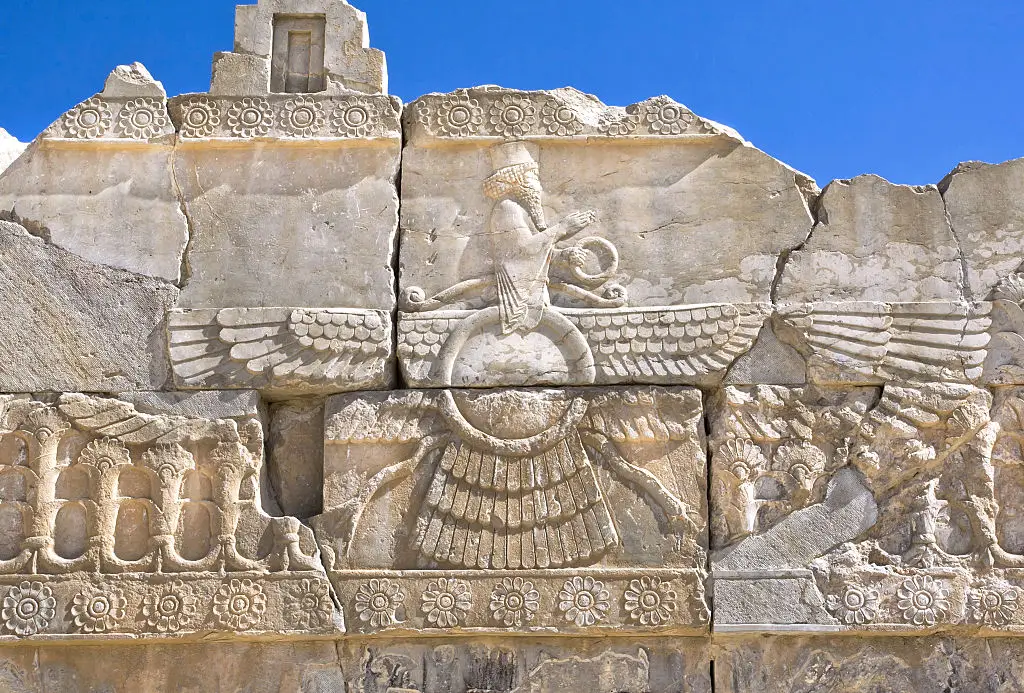
Persepolis is a symbol of Persian heritage, founded by Darius I as the ceremonial heart of the Achaemenid Empire nearly 2,500 years ago. Its grandeur still stuns: monumental staircases, ornately carved reliefs, and columns rising above the desert floor. The site’s detailed stonework—the processions of dignitaries immortalized on the Apadana staircases—offers a vivid glimpse into ancient court life. Persepolis reached its peak before being famously conquered and partially burned by Alexander the Great in 330 BCE, marking the end of an imperial era.
3. Jerash, Jordan
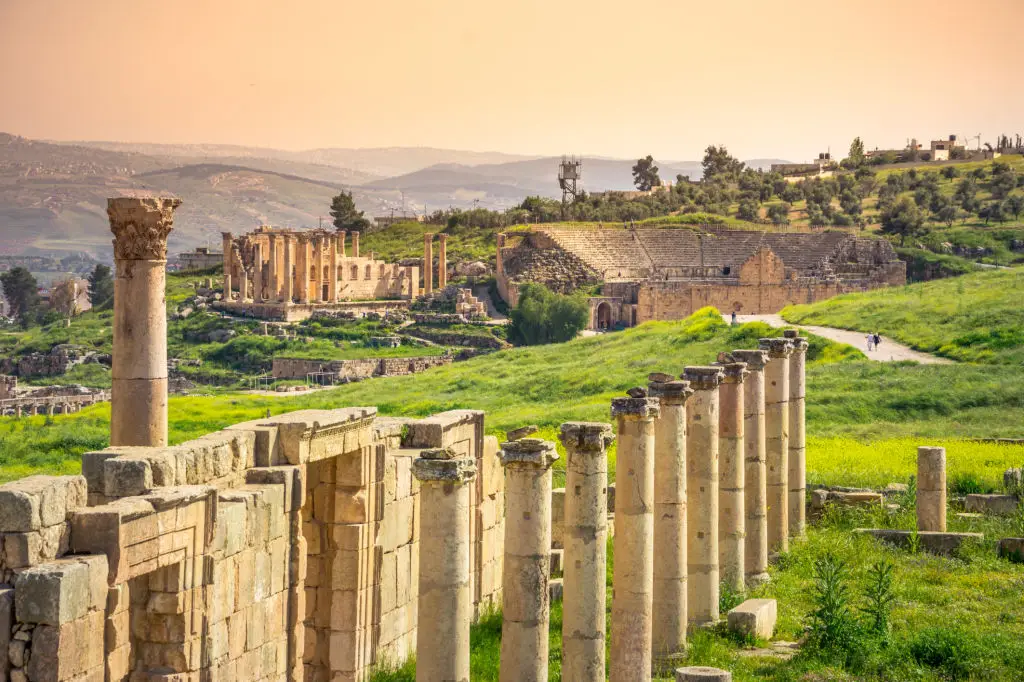
Tucked into northern Jordan, Jerash is often called the “Pompeii of the East”—but it stands as a star in its own right. The site features some of the most complete Greco-Roman ruins outside Italy, with stately colonnaded streets, towering arches, and ancient theaters that still host performances today. Jerash flourished under Roman rule, and its Flavian Arch greets visitors as a grand welcome to a world where history isn’t just seen but felt.
4. The Temple of Hatshepsut, Egypt
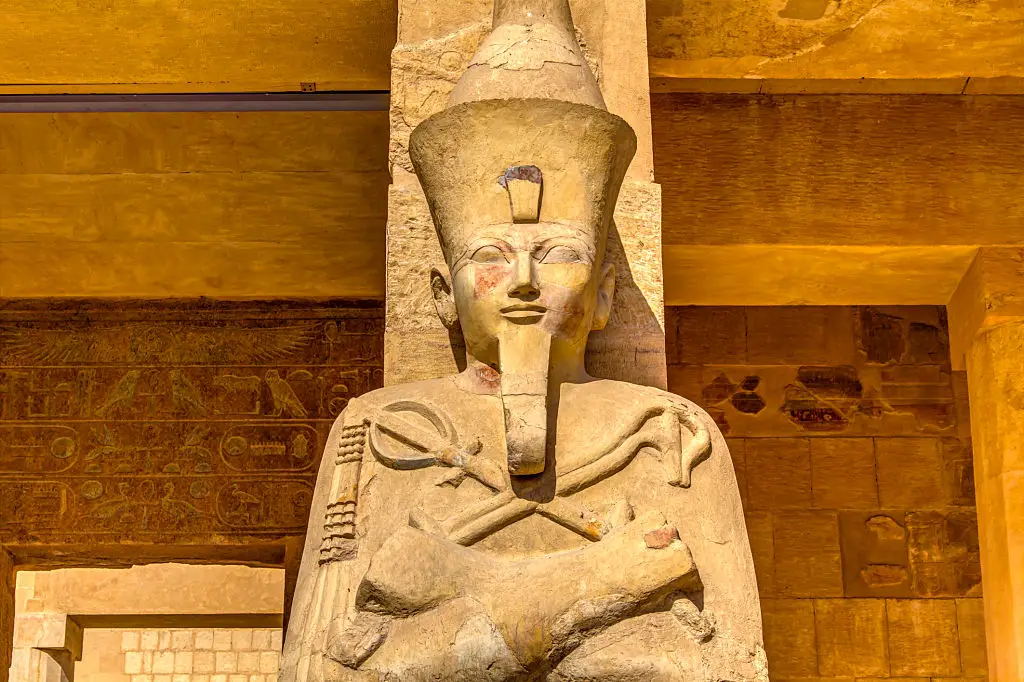
The Temple of Hatshepsut is unlike anything else in Egypt. Rising in dramatic terraces beneath limestone cliffs on the west bank of the Nile, this mortuary temple honors Egypt’s most successful female pharaoh. Hatshepsut defied tradition to rule in her own right, and her temple reflects both ambition and elegance—grand colonnades, vast courtyards, and reliefs detailing her reign and achievements.
5. Hegra (Madain Salih), Saudi Arabia
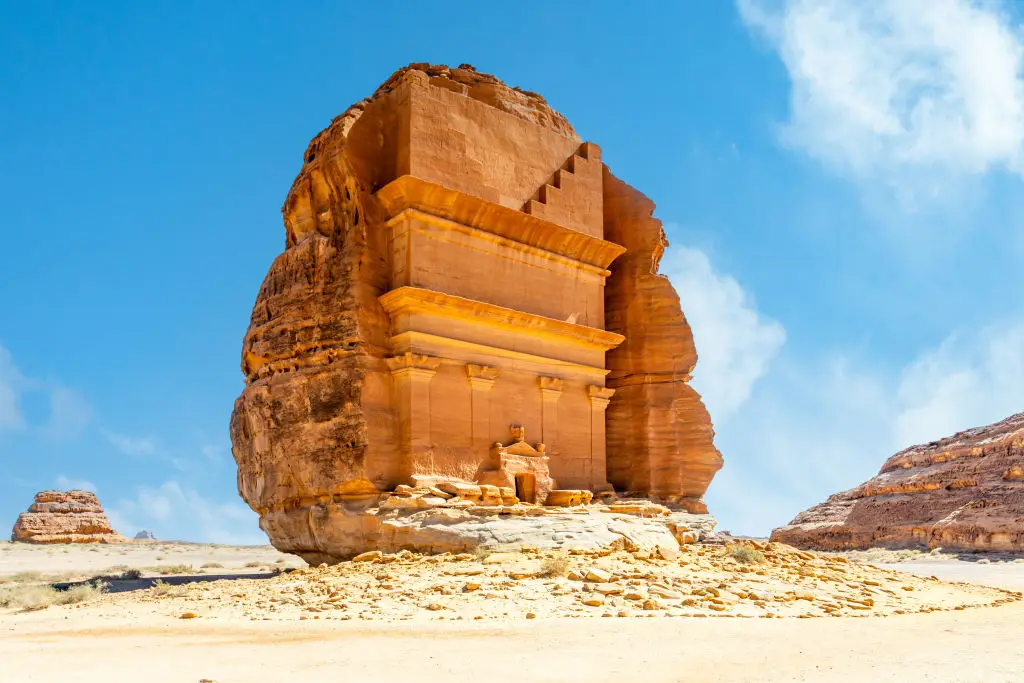
Hegra, also known as Madain Salih, shines as the largest conserved Nabataean site after Petra. Nestled in Saudi Arabia’s stark desert, its 100-plus rock-cut tombs bear the same haunting beauty as Petra—but with far fewer visitors. Details like carved facades, inscriptions, and untouched desert vistas set Hegra apart from its more famous Jordanian cousin.
6. Byblos, Lebanon
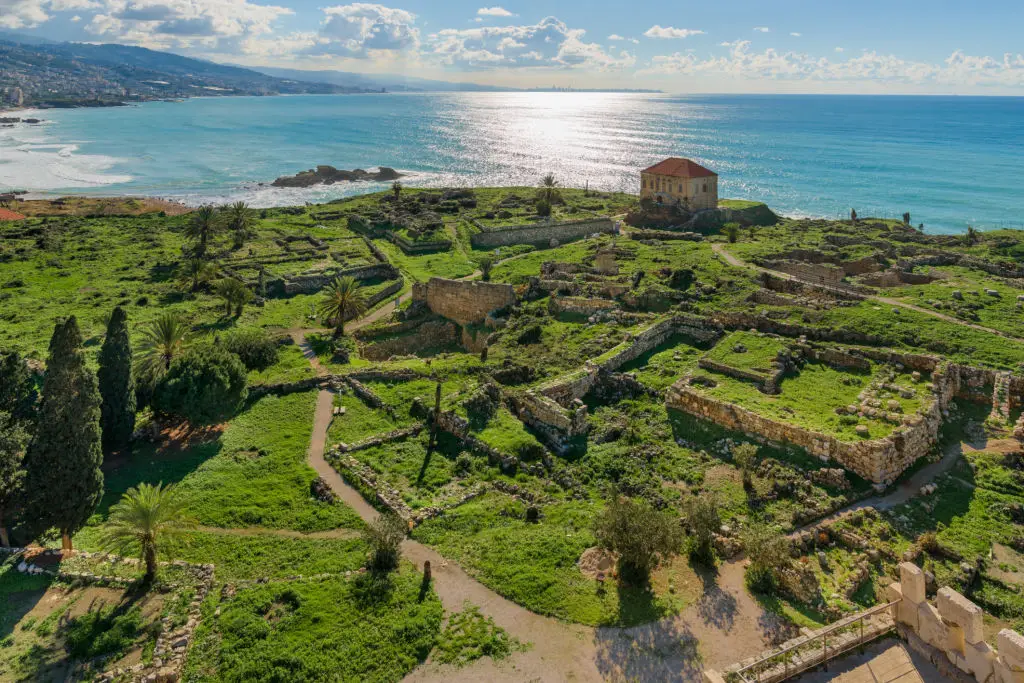
Byblos claims the title of one of the oldest continuously inhabited cities on the planet. With ruins tracing from the Phoenicians to the Greeks and Romans, this ancient port city once fueled Mediterranean trade and culture. Explorers marvel at ancient walls, temples, and a Crusader castle—all within walking distance of the vibrant harbor.
7. Babylon, Iraq
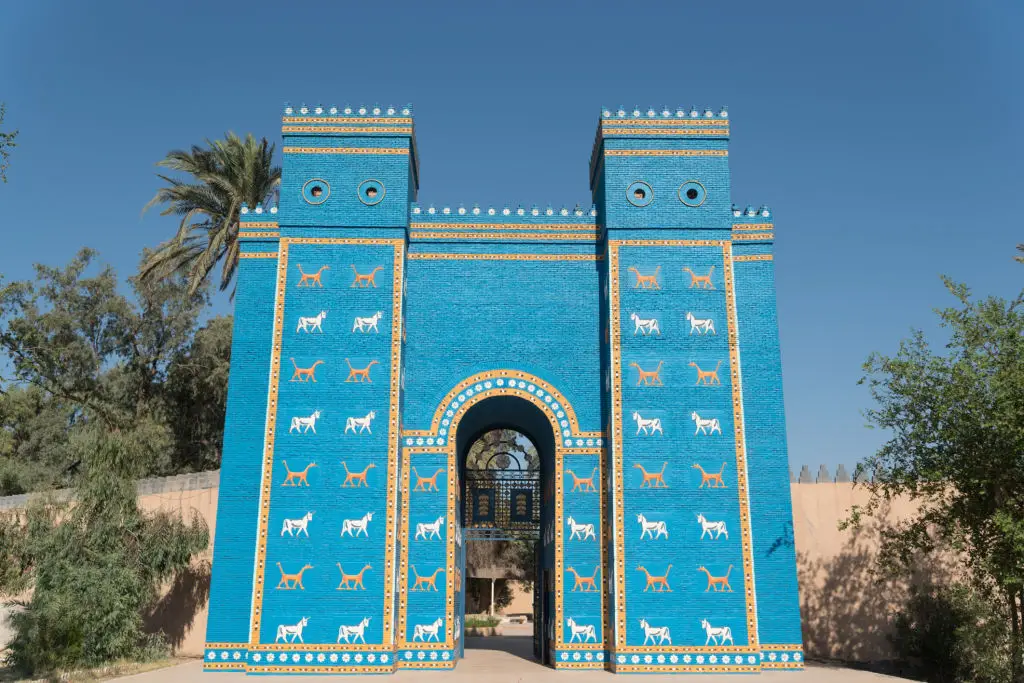
Legendary Babylon evokes tales of kings, gods, and gardens—imagined or real. Located near Baghdad, the city’s ruins include the imposing Processional Way and fragments of the iconic Ishtar Gate, radiating with blue-glazed bricks. Babylon’s influence spread through ancient Mesopotamia, shaping law, language, and myth for cultures that followed.
8. Palmyra, Syria
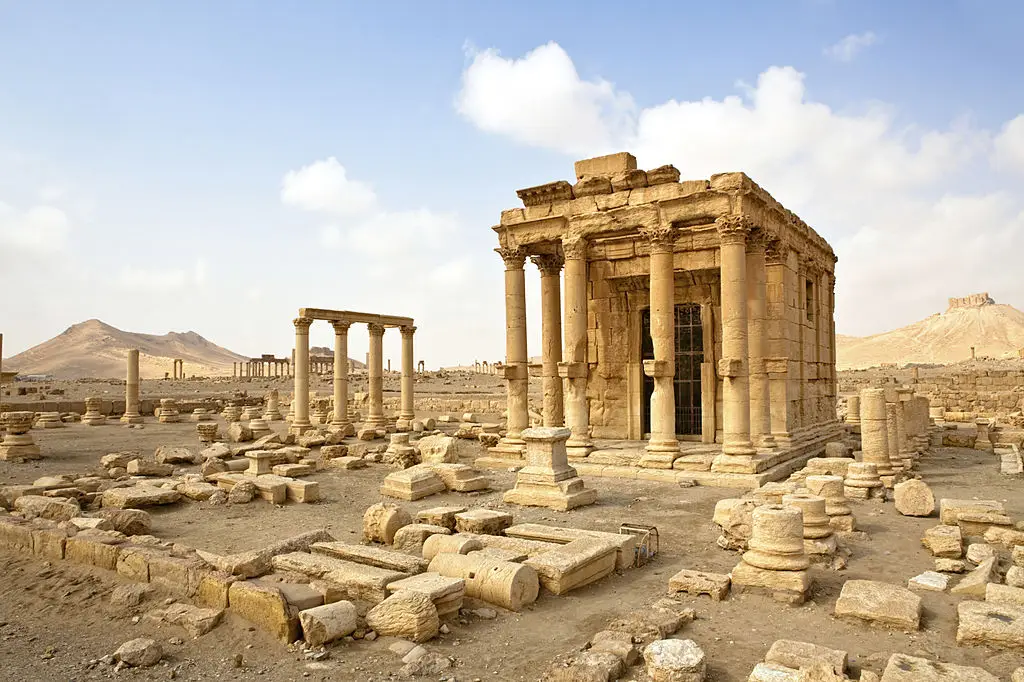
Palmyra’s fame rests on its colonnaded avenues and desert temples, once a vital oasis along ancient trade routes. Known for fusing Greco-Roman architectural flair with eastern influences, Palmyra flourished as a beacon of wealth and culture. The site’s monumental arches, Temple of Bel, and royal tombs all hint at a cosmopolitan past.
9. AlUla Old Town, Saudi Arabia
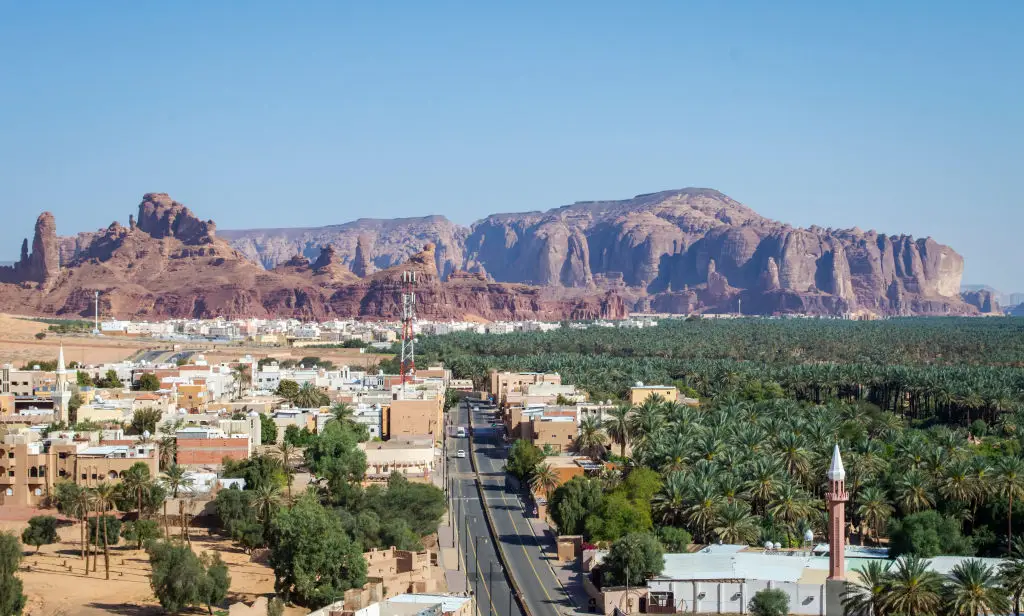
AlUla Old Town lies at the crossroads of ancient pilgrimage and trade, revealing a patchwork of mudbrick houses and winding streets. Long abandoned and nearly lost to time, AlUla has found new life as Saudi Arabia invests in heritage tourism. Today, it’s a destination for guided tours, cultural events, and immersive history festivals like “Winter at Tantora.”
10. Shibam, Yemen
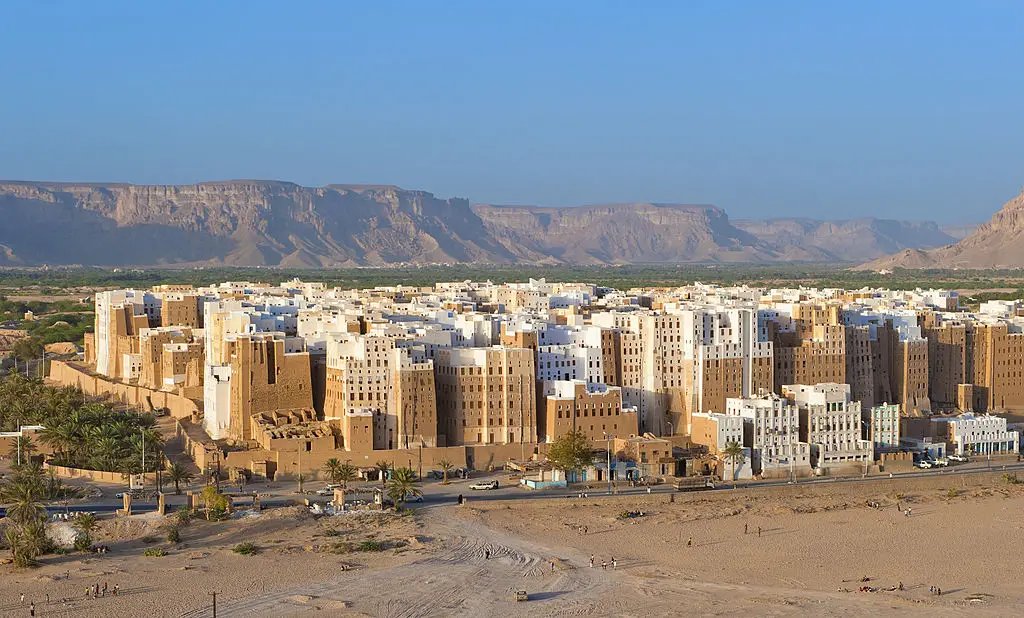
Shibam rises from the Yemeni desert in a cluster of striking mudbrick towers, earning the nickname “Manhattan of the Desert.” Enclosed by ancient walls, this UNESCO World Heritage Site stands as one of the world’s earliest examples of vertical urban planning—its buildings reach as high as 11 stories, with origins tracing back to the 16th century and possibly earlier.
Petra may headline the conversation, but this region’s story is written across many remarkable landscapes. The wonders highlighted here cover thousands of years and countless cultures, each bringing something different to the traveler's journey. As restoration and tourism initiatives accelerate, these sites are becoming more accessible and better preserved for new generations of explorers. Whether you dream of walking ancient basilicas or tracing pilgrim routes between towering tombs, the Middle East invites you to look beyond the usual and embrace true adventure.




